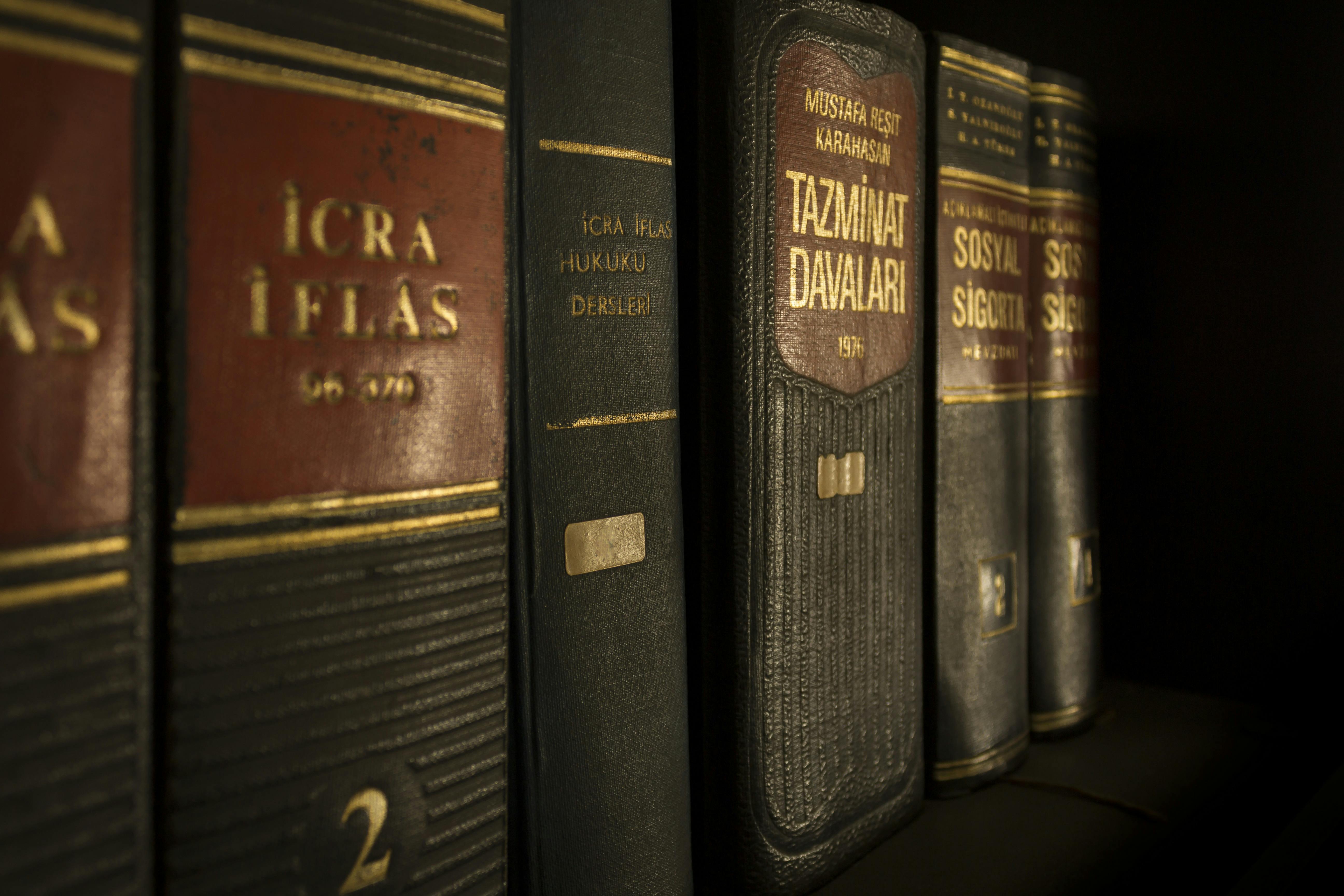The amortization of goodwill paid for the acquisition of equity interest in a Brazilian target company stands out as the most relevant tax incentive when speaking of M&A transactions in Brazil. However, early unorthodox corporate reorganizations coupled with the application of illegal substance-over-form scrutiny by tax authorities have cast a shadow over the incentive, leading to the perpetuation of biased interpretations of the applicable rules.
Tax legislation provides that goodwill paid for the acquisition of equity interest in a Brazilian target company and not attributed to specific identifiable assets can be amortized, i.e. deducted for purposes of Brazilian corporate income taxes, provided legal and regulatory conditions are met. This benefit represents a tax saving equivalent to approximately 34% of the goodwill amount, brought to present value.
Rules allowing the tax amortization of goodwill based on future profitability were first introduced in 1997 and have undergone changes ever since, some of which aimed at incorporating restrictions or conditions to the benefit, as supported by tax authorities (e.g., prohibition of amortization of goodwill generated in intra-group share deals, a matter covered in another article of this newsletter), and others spurred by the convergence of the Brazilian accounting rules with the International Financial Reporting Standards (IFRS), which drastically affected the nature and calculation of goodwill.
Nevertheless, some aspects and conditions to the benefit remain unchanged, such as the residual nature of the amortizable goodwill; the need for a corporate reorganization that, after the acquisition of the equity interest, extinguishes the investment via absorption of the target company by the investor or vice-versa; and the minimum 5 years term of amortization, at a maximum rate of 1/60 per month.
Amortizable goodwill was and still is the part of surplus paid by the purchaser, in comparison to the book-value of the investment in the target company, not attributed to specific identifiable assets. However, the old rules allowed for discretion in allocating and justifying amortizable goodwill, requiring only that it was paid for the target entity’s future profitability, evidenced by documents that should be filed in support of the accounting records.
Under these initial rules, litigation abounded with respect to the proof of the goodwill justification. Tax authorities, ignoring the dynamics of M&A transactions and the lack of specific legal requirements, demanded proof of the economic justification of goodwill in the form of expert reports that should be available upon the acquisition and accounting of the investment, containing both the valuation of the target entity (which tax authorities demanded to coincide with the actual purchase price!) and allocation of part of the purchase price to goodwill paid for future profitability.
Nowadays, because of the convergence of Brazilian accounting with IRFS, rules have changed and amortizable goodwill is defined as the residual amount of surplus that exceeds both (i) the net equity book-value of the investment in the target company at the time of the acquisition; and (ii) the fair market value of the target company’s identifiable net assets, proportionally to the acquired equity interest. Also, taxpayers are now expressly required to prepare a Purchase Price Allocation report but have up to thirteen months to file it with tax authorities or notary registers, confirming that previous requirements from tax authorities (i.e. availability of the report upon acquisition of the investment and coincidence of the valuation with the actual purchase price) were not only illegal, but also impracticable.
Even if properly calculated and justified, without the prior extinction of the investment the goodwill cannot be amortized. It will simply be booked as part of the acquisition cost of the investment and offset the sale price for purposes of capital gains calculation, in case this investment is sold. However, if this investment is extinguished by means of a merger (incorporação), spin-off (cisão) or amalgamation/consolidation (fusão) between the target entity and the investor, the amount of the purchase price attributable to the goodwill should not be lost, hence the possibility of amortization for corporate tax purposes.
Corporate reorganizations structured to allow the extinction of the investment and therefore the goodwill tax amortization have been subject to numerous tax assessments and source of endless litigation with tax authorities who, in spite of the legitimacy of the goodwill paid and the obvious fact that these transactions are not only expressly allowed, but also induced by law, claim that they have no economic reasons other than allowing goodwill tax amortization and therefore should no bet entitled to the tax benefit.
In this regard, one common source of tax assessments is the prior incorporation of a Brazilian “vehicle-company” that receives funds from foreign investors to acquire the equity interest and be subsequently merged into the target entity (reverse merger), a matter extensively analyzed in another article of this newsletter.
Because goodwill amortization takes place within a minimum term of 5 years, the same operation may give rise to more than one tax assessment involving different tax periods and it is not uncommon to see different outcomes in these cases, when analyzed by administrative tax courts. Judicial decisions are still scarce, but those already rendered tend to yield to the law and reject the application of substance-over-form scrutiny by tax authorities, giving hope to taxpayers and signaling that goodwill tax amortization is a benefit worth fighting for.
































